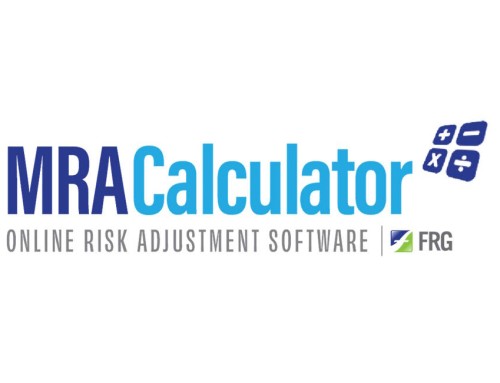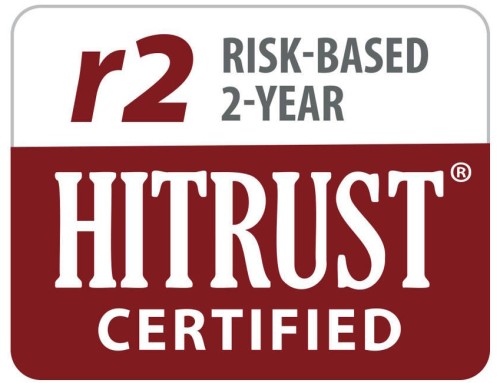Service Fund Origins and the Different Types of Risk-Sharing Contracts
The adoption of value-based payment models is steadily growing across the health care industry. Broader acceptance of alternative payment models is occurring due to many factors, including policy changes, patient expectations, state-based initiatives, and other driving forces.
While some Primary Care Providers (PCPs) are reluctant to adopt the value-based care movement in favor of maintaining traditional Fee-for-Service (FFS) payment models, many others recognize a need to transition to value-based care models. According to a study conducted by The Chartis Group, “69% of PCPs are in some form of value-based care (VBC) arrangement, with accountable care organizations (ACOs) being the most prevalent (41%).”
Many providers recognize the opportunities of taking on risk given the right circumstances.
In one of our previous articles, we explored the connection between service funds and risk contracts, as well as the upside potential for PCPs who participate in risk contracts to earn substantial bonus incentives. To briefly review, risk contracts transfer financial risk from insurers to provider organizations, extend the responsibilities of participating PCPs, and align incentives between insurers and providers. While our previous article explains why many providers decide to take on risk, some further clarification would be helpful.
In this article, we explore the origins of service funds, how they relate to risk contracts, and the different types of risk contracts there are to choose from.
Origins of Service Funds
The concept of service funds originated in the 1990’s based on several driving elements, including:
- The rapid increase in baby boomers at a rate of 10,000 per day with a projected total of 80 million by the year 2035.
- The acceleration of healthcare technology spending per capita.
- Increased entitlements, including Medicaid expansion and other established obligations.
- Numerous notions of what “value” represents.
These elements represent various natural, political, and consumer based pressures on health plans and PCPs. In response to these challenges was the resurgence of Managed Care Organizations (MCOs) in the 1990s. MCOs brought risk contracting through Physician Incentive Plans (PIP) along with the coinciding regulations governing them. In 2010, following the passing of the Affordable Care Act, Value Based Care programs grew in size and scope. Since then, Medicare has experimented with various value-based programs, and Congress has passed legislation (like the Medicare Access and CHIP Reauthorization Act), which has further encouraged the adoption of VBC across America.
Value based care programs reward providers according to their efficiency of care. In short, providers receive a fixed amount to treat their patients determined by the specific conditions and demographics detailed in their risk adjustment audits. If they can treat their patients for a lower cost than the fixed amount provided, then they may be entitled to a share of the surplus.
A service fund provides an accounting of how well or poorly PCPs have done in the form of a ledger. More specifically, it is an accounting ledger that presents a reconciliation of how much profit and loss was accumulated by the medical care of a population over time.
A service fund also implies the presence of a risk contract. When a service fund shows that the provider has managed the care of a population well (as defined by the terms of the contract), they earn an incentive payment. Proactive PCPs take actions to mitigate the risk of loss. This includes managing unit cost and utilization and accurately capturing risk adjustment data.
PCPs and health plans need to carefully consider which risk contract is right for them according to their risk appetite and experience with value-based payment models. The following section details the different types of risk contracts available.
Different Types of Risk Contracts
Risk contracts, also known as value-based contracts, are a type of risk-sharing agreement “in which two or more participants in an organization or other enterprise share the financial consequences of a given risk.” The two main categories of risk arrangements are MCO deals and Medicare Access & Chip Reauthorization (MACRA) deals.
The MCO deals include cost containment, segmented risk B/C/D, and quality gates, while the MACRA deals are written according to Alternative Payment Models (APMs). APMs offer incentives for meeting participation thresholds based on levels of payments or patients through Advanced APMs.
Before signing risk contracts, PCPs and health plans must decide how much risk they can reasonably manage. Fortunately, there are various types of risk contracts. While taking on full risk contracts may be feasible for organizations experienced with meeting the expectations of value-based contracts, taking on less risk may make more sense for companies not yet acclimated to the same expectations.
Risk contracts can be organized according to how much risk the contract entails:
- Full Risk: provider groups are responsible for the full balance of referral activity across all cost categories and allocations: IP, OP, ER, MD, RX, Cap, Spec Cap, Adjustments, IBNR, etc.
- Partial Risk: bonuses are less than 100% of medical cost budget surplus; typically, partial risk contracts include symmetrical downside liability (e.g. 50%/50%)
- Upside Only / Shared Savings: bonuses are less than 100% of medical cost budget surplus; these contracts also include zero overspend liability (e.g. 25%/0%)
- PIP Limited: bonuses and withholds are < 25% of PCP Payments (capitation + FFS)

Some contracts include quality gates, which are hurdles related to performance against quality goals (e.g., meeting percentiles for HEDIS® measures) as a pre-requisite for eligibility to be evaluated for one’s Medical Loss Ratio (MLR) goal.
While signing risk contracts provides new opportunities, deciding to go “at risk” presents unique challenges to providers new to VBC. Additionally, insurers are looking for providers with compatible experience and financial security. For this reason, some providers decide to take a glide path rather than jumping straight to full risk.
Conclusion
Of course, successfully transitioning to value-based care models is more complex than choosing an appropriate risk-contract.
In this article series, we will provide a deeper dive into the elements of risk contracting. There’s much more to consider, including risk pool management, deal measures and levers, incentive calculations, and operational considerations for effective risk management.
Stay tuned for more.
***
For those interested in assistance with their risk contracting needs, contact FRG!
FRG has decades of experience helping health plans and physician groups create transparency in risk contracting and improve financial performance of their service funds. If you would like any additional information about this topic or our services, contact FRG by emailing info@frgsystems.com.







Leave A Comment